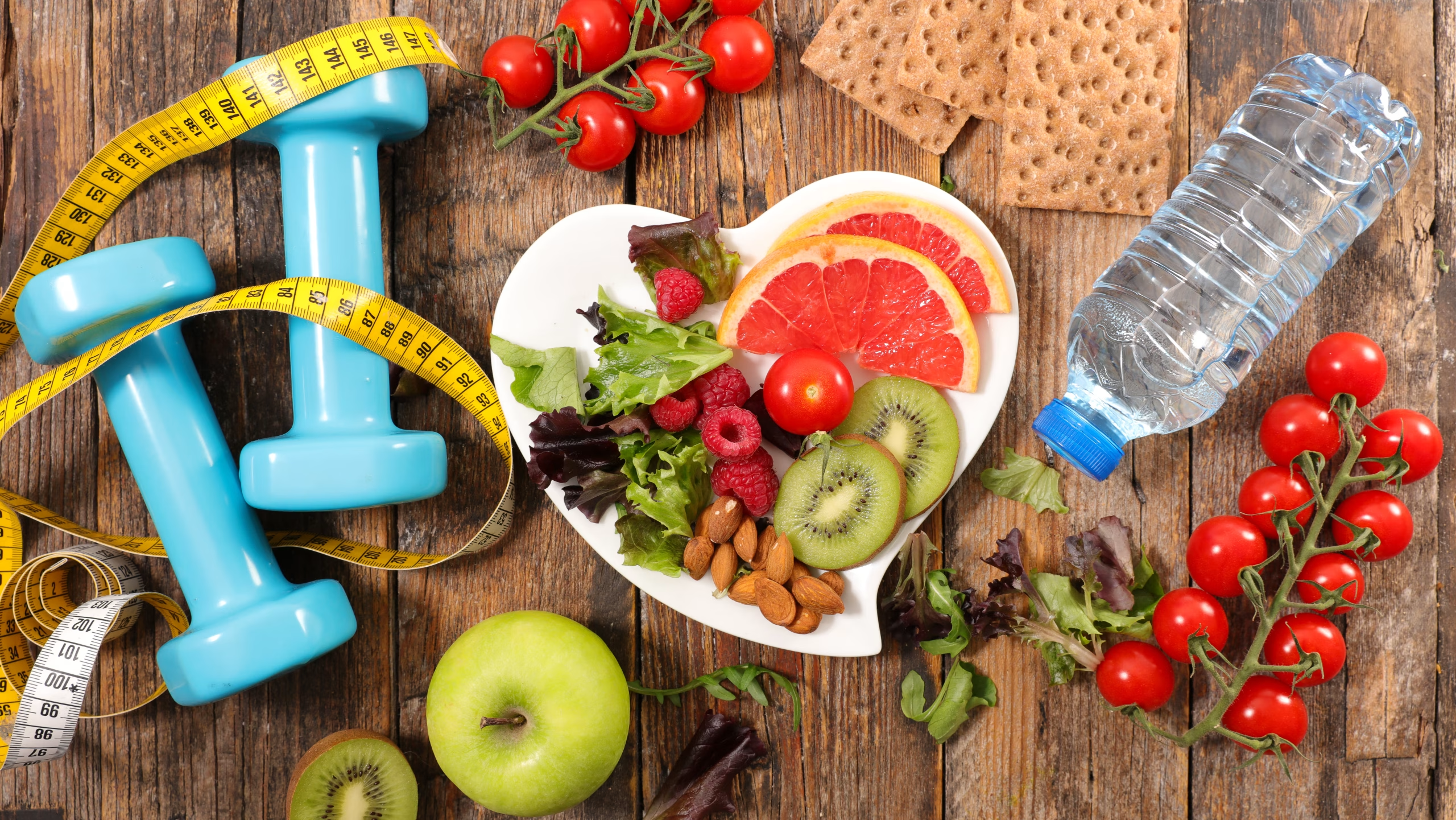Imagine an active and energetic old age where you are not chained to a medicine cabinet and hospital corridors, but are calmly hiking in the mountains, running a business, or dancing at your grandchildren’s wedding. Longevity is not just about the number of years, but about their quality. And contrary to myths, being energetic and vigorous at 70 is not a miracle of genetics, but the result of a systematic approach to health and one’s life. Let’s talk about what influences longevity, how to slow down aging, and what habits centenarians have.
Myths vs. Reality: Genes Aren’t Everything
The article “Genes and Longevity of Lifespan” states that about 40% of life expectancy is determined by genes, while the rest depends on lifestyle and daily habits. This means most factors are in our hands.
Myth: “Everyone in my family dies young, so there’s not much hope.”
Reality: If you start changing your daily habits right now, your chances of living longer and feeling better increase significantly. This is confirmed by research observing so-called “Blue Zones” — regions with the highest concentration of centenarians. What unites them is not special genetics, but a similar lifestyle.
What Actually Extends Life
Research shows that the habits most beneficial for “quality-longevity” are those that have been known for a long time, which is perhaps why we often overlook them:
- Regular movement — not necessarily the gym, but simply physical activity throughout the day. Muscle mass is directly linked to metabolism, strong bones, and disease resistance. A large study published in the Journal of Aging Research showed that physical activity levels directly correlate with life expectancy, even in the elderly.
- Balanced nutrition — not strict diets, but an adequate amount of protein, fiber, and healthy fats. Both overeating and constant caloric deficit increase inflammation levels and accelerate aging.
- Quality sleep and stress resilience — both factors influence hormones, immunity, and the body’s recovery. According to Cappuccio et al. (2010), both too little and too much sleep increase the risk of premature death.
- Social engagement and support — loneliness reduces life expectancy as effectively as smoking. According to a meta-analysis by Holt-Lunstad et al. (2010), strong social connections reduce the risk of death by 50%.
- Regular monitoring of inflammation levels and key markers — such as insulin, C-reactive protein, cholesterol, and ferritin. All of these can be tracked with basic tests.
- Psychological well-being — for example, a study by Shalev et al., 2013 showed that practicing gratitude and positive thinking can slow the shortening of telomeres — a key marker of chromosomal aging. Same works for hobbies. After retirement, one should find an activity they can truly enjoy. For some, this can be writing a book, while for others, this can be betting on their favorite sports at 22Bet or attending dance classes.
A Checklist of Centenarian Habits
- They don’t overeat; they eat slowly, with pleasure, and in good company.
- They maintain activity in daily life: they walk, garden, and move a lot.
- They sleep at least 7-8 hours, know how to rest, and don’t “get stuck” in negativity.
- They monitor their health — they seek help in time to avoid anxiety and enduring discomfort.
- They pay attention to their psycho-emotional state and seek support when needed.
What Everyone Can Control Even in the City with an Office Job
You don’t have to move to a Japanese village or become a member of the Seventh-day Adventist community in Loma Linda to live a long and happy life. Most of us can follow these beneficial rituals:
- Walk for at least 30 minutes a day. Even this is enough to reduce the risk of premature death.
- Reduce overtime; don’t sacrifice sleep for tasks.
- Cook simple homemade meals more often than you order takeout.
- Monitor your stress levels and your body’s signals: Wearable devices (watches, trackers) can help track pulse, heart rate, and stress response in real-time, while regular check-ups provide comprehensive feedback.
- Learn to track basic metrics — weight, pulse, blood pressure, stress level.
